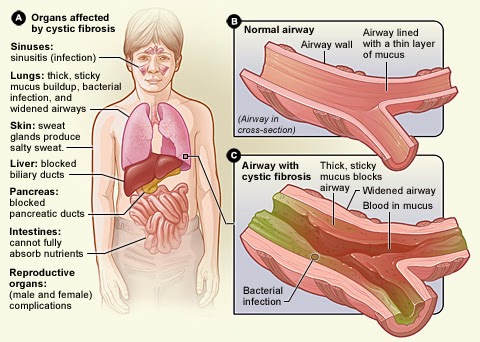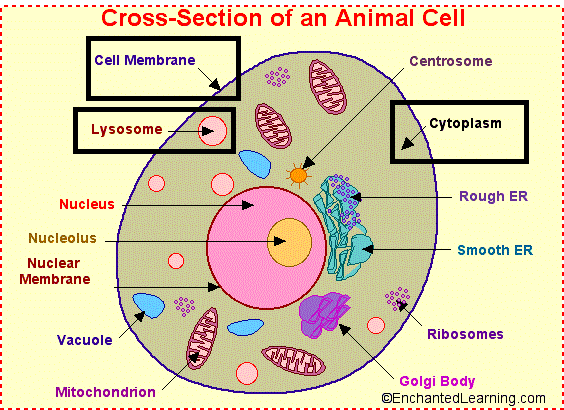The prevalence of pancreatic fatty replacement in cystic fibrosis varies with age and is most frequently identified in older patients. In an autopsy series of 27 cases of cystic fibrosis that spanned a period of 5 years, diffuse fatty replacement was reported in 15 cases (56%) . The mean age of patients with fatty replacement was 17 years, whereas the mean age of patients without fatty replacement was only 11 years. At MR imaging, the reported prevalence of diffuse fatty change varies from 51% to 75% , with partial fatty replacement seen in 7%–29% of cases and pancreatic atrophy in 27%–35%. They reported pancreatic enlargement in association with fatty change at MR imaging in nine of 17 adult patients (53%) with cystic fibrosis. Our experience has shown that it can be difficult to distinguish the fat-replaced pancreas from normal retroperitoneal fat, making it difficult to assess the size of the gland. However, diffuse pancreatic enlargement was apparent in five of 34 patients (15%) with cystic fibrosis who had undergone pancreatic MR imaging at our institution. Fatty infiltration of the pancreas can also be readily identified at computed tomography, but this modality involves the use of ionizing radiation. Typical ultrasonographic (US) appearances, including increased parenchymal echogenicity and pancreatic atrophy, have also been described by several authors , although MR imaging is superior to US in demonstrating fatty infiltration .

Sources:
http://www.appliedradiology.com/articles/imaging-of-the-pancreas-part-1
http://pubs.rsna.org/doi/full/10.1148/radiographics.20.3.g00ma08767
Pediatric Pulmonology 50:302–315 (2015)
Novel Outcome Measures for Clinical Trials in Cystic Fibrosis
Harm A.W.M. Tiddens, Michael Puderbach, Jose G. Venegas,
Felix Ratjen, Scott H. Donaldson, Stephanie D. Davis,
Steven M. Rowe, Scott D. Sagel, MD, Mark Higgins, and
David A. Waltz,






